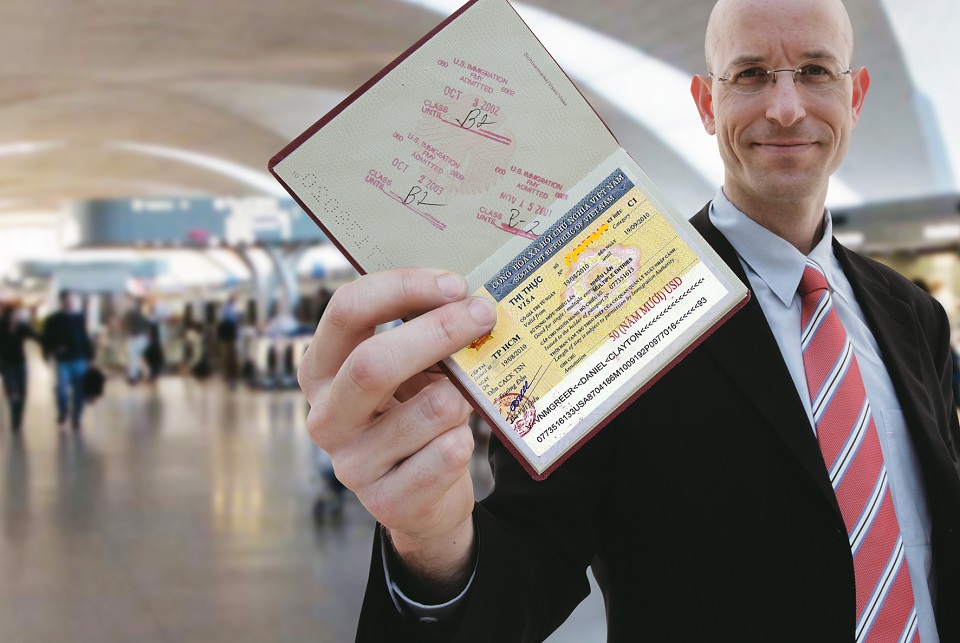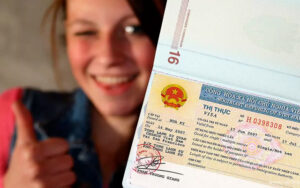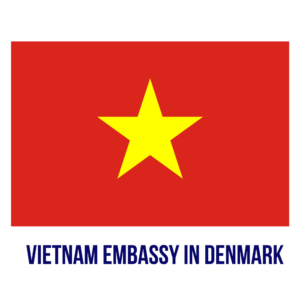Table of Contents
Introduction to Vietnam’s Diverse Climate

Vietnam’s elongated shape stretches over 1,650 kilometers, creating dramatic climatic contrasts between its northern highlands, central plains, and southern deltas. Monsoons further complicate the puzzle, making timing your trip essential for comfort and adventure.
The Three Distinct Climate Zones
Vietnam’s weather is broadly split into three zones: the temperate north, the typhoon-prone center, and the tropical south. The north, including Hanoi and Ha Long Bay, experiences four seasons, while the south, like Ho Chi Minh City, oscillates between wet and dry cycles. Central Vietnam, home to Hoi An and Da Nang, faces harsh rains and scorching summers.
Understanding these zones helps avoid disappointment. For instance, visiting Ha Long Bay in July might mean sweltering heat and sudden downpours, whereas February offers crisp, clear skies ideal for cruising.
Monsoons and Their Impact
The northeast monsoon (October–April) cools the north but drenches the central coast, while the southwest monsoon (May–September) brings humidity to the south. Typhoons lash central Vietnam from August to November, disrupting travel. Smart planning involves checking regional forecasts—like avoiding Da Nang during peak typhoon season unless you’re prepared for rescheduled plans.
Microclimates and Hidden Gems
Beyond broad zones, microclimates exist. Dalat’s eternal spring (18–25°C year-round) contrasts with the Mekong Delta’s sticky heat. Researching lesser-known spots—like Pu Luong’s rice terraces or Con Dao’s dry season bliss—can unlock ideal conditions beyond tourist hubs.
Understanding Regional Weather Patterns in Vietnam
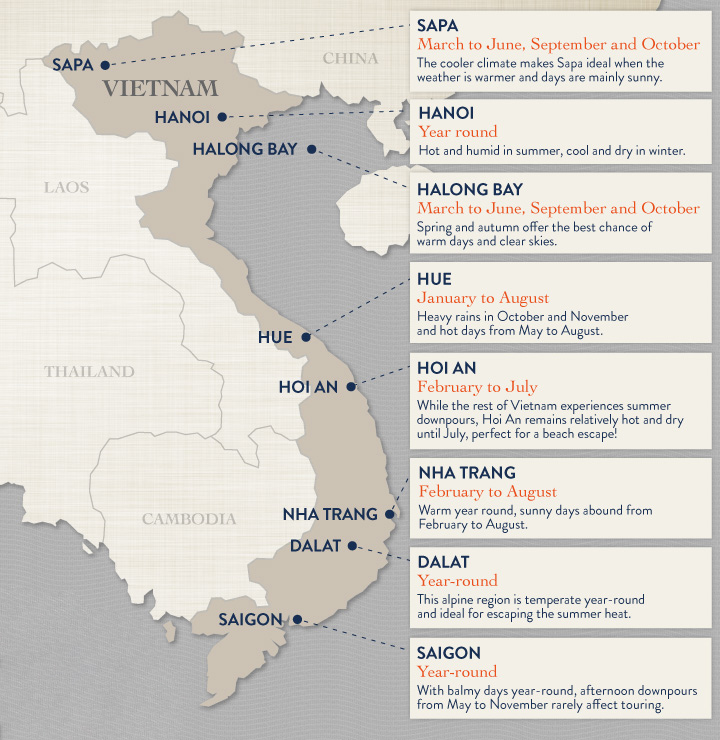
Vietnam’s regions demand tailored itineraries. What’s paradise in one season could be a washout in another.
North Vietnam: From Frosty Peaks to Humid Summers
Winter (November–April) is prime for Hanoi’s cultural sites and Sapa’s treks, though temperatures dip below 10°C in the mountains. Summer (May–October) brings stifling heat and rain, but lush landscapes and fewer tourists reward resilient travelers.
Pro Tip: For photography, September’s golden rice harvests in Mu Cang Chai are magical, though trails may be muddy.
Central Vietnam: Sun, Storms, and Sand
Da Nang and Hoi An shine from February to August, with minimal rain and perfect beach weather. Come September, typhoons threaten. Hue’s imperial citadel is best visited in spring (March–April) to avoid summer’s oppressive heat.
Insider Insight: Locals flee to Bach Ma National Park in summer—its elevation offers cool respite amid central Vietnam’s furnace-like lows.
South Vietnam: Eternal Summer with Seasonal Showers
Ho Chi Minh City and the Mekong Delta sizzle year-round, but the dry season (November–April) is ideal for urban exploration and island hopping. The rainy season (May–October) transforms the delta into a emerald labyrinth, perfect for boat tours despite daily downpours.
Cultural Bonus: The June–August fruit harvest in the Mekong pairs with vibrant floating markets, a feast for senses if you don’t mind humidity.
Best Time to Visit Vietnam: A Month-by-Month Breakdown
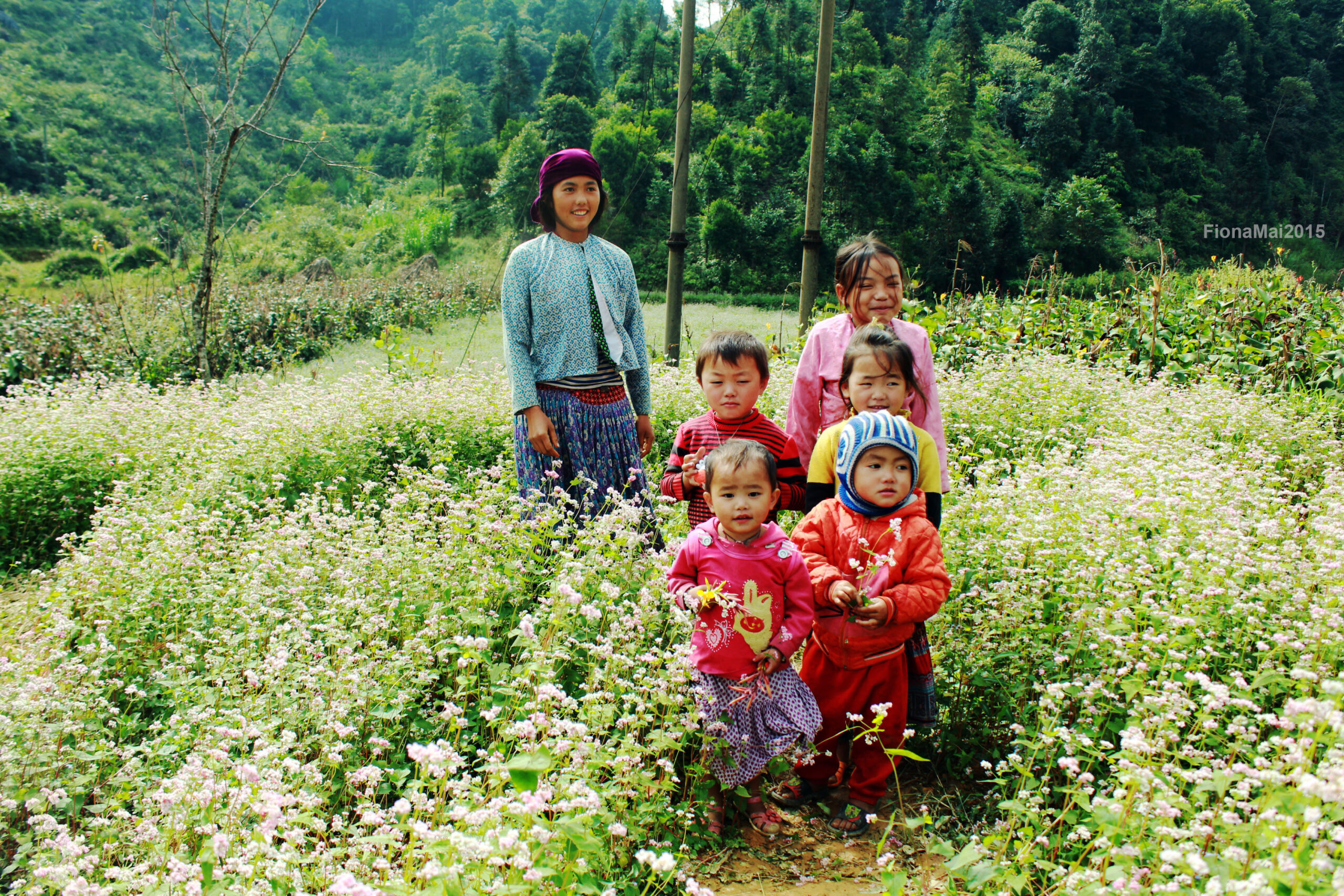
Tailoring your trip month-by-month ensures optimal weather and unique experiences.
January–March: Peak Season in the North and South
North Vietnam’s cool, dry weather makes it ideal for trekking and city tours, while the south enjoys balmy beach days. Central Vietnam starts warming up—perfect for avoiding crowds in Hoi An post-holidays.
Festival Alert: Tet (Vietnamese New Year, late January–February) is spectacular but expect closures and price surges.
April–June: Shoulder Seasons and Rising Heat
April’s cherry blossoms in Dalat and moderate nationwide temperatures make it a sweet spot. By May, the south’s rains begin, but central beaches like Nha Trang hit their stride.
Local Secret: Phong Nha’s caves are less crowded post-April, though humidity rises—pack light, quick-dry clothing.
July–September: Rain, Resilience, and Rewards
Typhoons disrupt central coasts, but northern highlands like Ha Giang offer misty, crowd-free vistas. Southern showers are predictable (afternoon bursts), leaving mornings free for exploration.
Adventure Angle: Surfing in Da Nang peaks in July—waves are fierce, but rentals are cheap and beaches empty.
October–December: Golden Transitions
Autumn paints Hanoi in russet hues, while the central coast recovers from storms. December’s dry chill returns, ideal for Ha Long Bay cruises and southern island escapes.
Photography Tip: Capture Hanoi’s Hoan Kiem Lake in November—crisp air, golden leaves, and fewer tourists.
Vietnam’s Festival Calendar: Aligning Your Trip
Festivals add cultural depth but require date flexibility.
Tet Nguyen Dan (Late Jan–Feb)
Vietnam’s biggest holiday shuts down transport and hotels, but witnessing flower markets and firework displays is priceless. Book flights early and embrace local hospitality—many families welcome tourists to share traditions.
Hue Festival (Biennial, April–May)
A riot of performances and lantern-lit nights celebrating imperial heritage. Pair it with dry-season beach time in nearby Lang Co.
Mid-Autumn Festival (September)
Hoi An glows with moonlit lantern processions and street food stalls. Ideal for families—kids parade with handmade lanterns, and bakeries overflow with sticky rice cakes.
Packing Essentials for Vietnam’s Varied Weather Conditions
Packing smart maximizes comfort across climates.
Layer Like a Local
Northern winters demand jackets (down to 5°C in Sapa), while southern trips need breathable linens and rain ponchos. A compact umbrella is versatile—shade from sun or shelter from monsoons.
Footwear for Every Terrain
Sturdy sandals handle Hoi An’s floods, while hiking boots grip Sapa’s slippery trails. Pack flip-flops for beach hops and temple visits (easily removed at entrances).
Tech and Health Must-Haves
A waterproof phone case saves gadgets from sudden storms. Mosquito repellent is non-negotiable in the delta, and rehydration salts combat heat exhaustion.
Conclusion: Planning Your Ideal Vietnam Adventure
Vietnam Travel Guide: When is the Best Time to Visit? hinges on balancing weather, crowds, and cultural events. Whether chasing dry-season treks or monsoon-era solitude, this guide equips you to navigate Vietnam’s complexities. Start with priorities—beaches, history, or festivals—then let regional rhythms shape your unforgettable journey.
`


